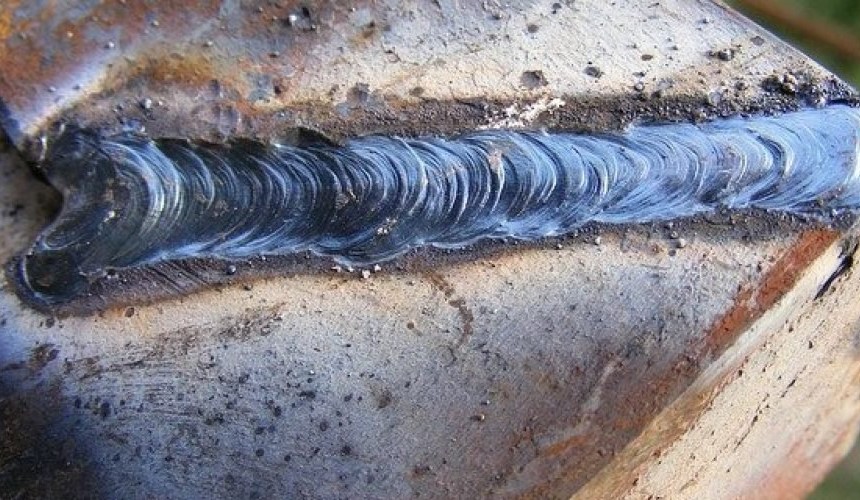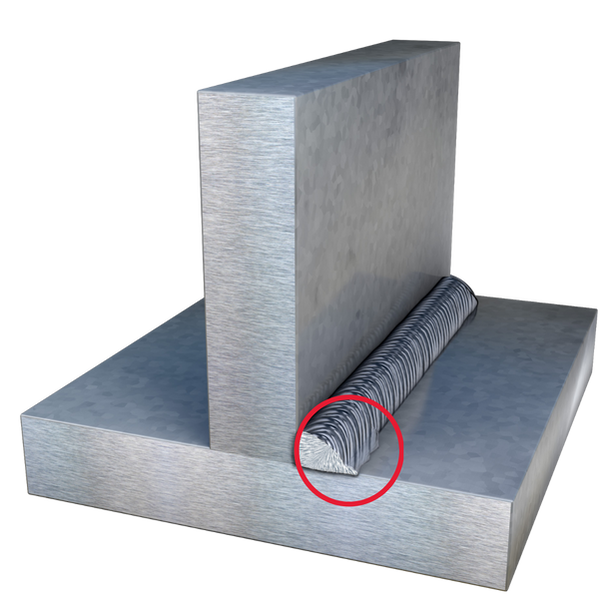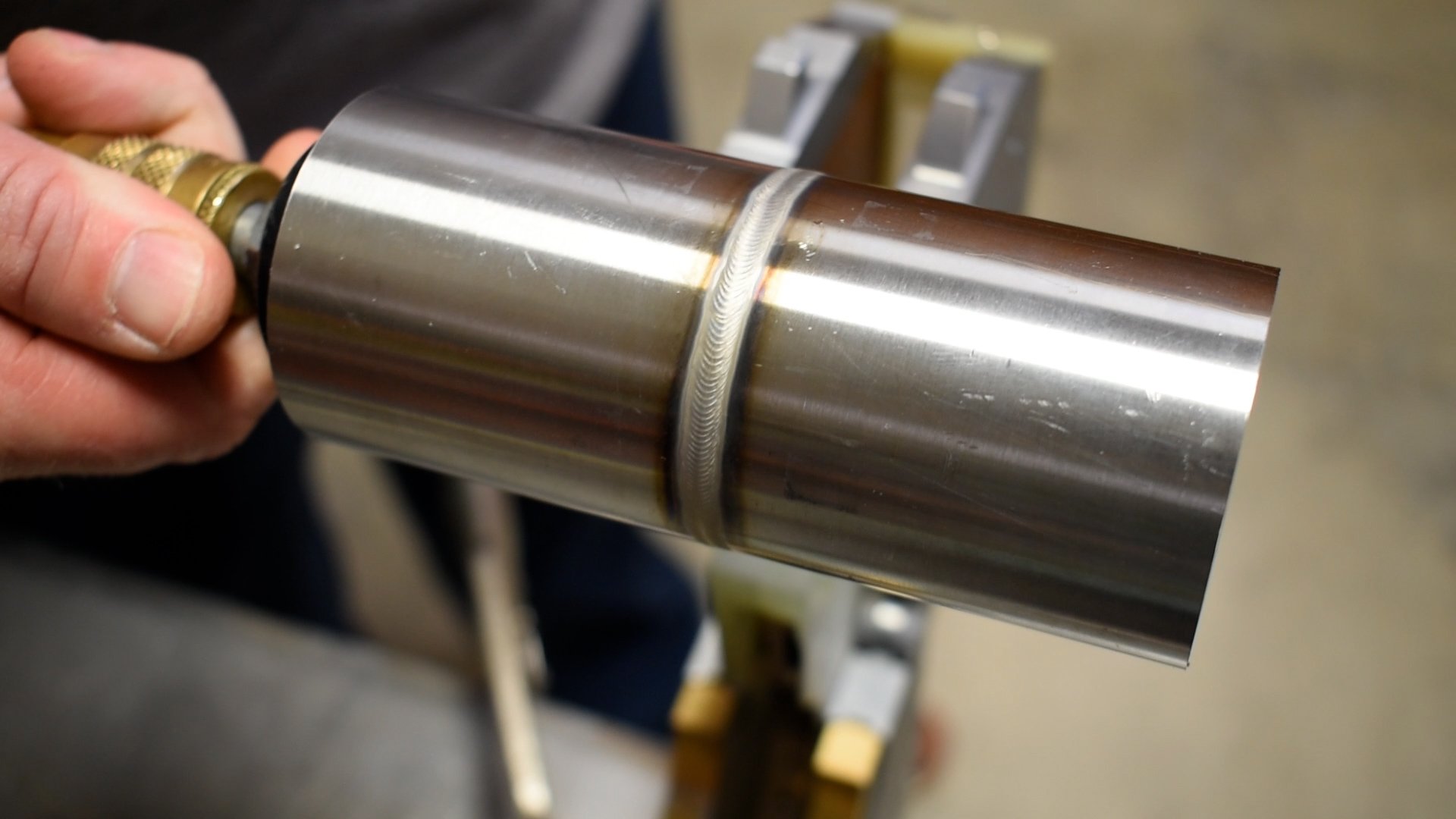Best Practices for Preventing Weld Undercut: Mastering the Essentials
Necessary Tips for Welders: Preventing Undercut Welding and Ensuring Stronger Weld Joints
In the world of welding, accomplishing strong and resilient weld joints is the keystone of generating high-grade job. One typical challenge that welders frequently encounter is undercut welding, which can compromise the honesty of the weld joint.

Comprehending Undercut Welding
Undercut welding is an usual welding defect that occurs when the weld metal fails to appropriately load the groove and causes a groove-like depression along the weld bead. This problem damages the weld joint, making it at risk to splitting and failing under anxiety. Damaging can be brought on by numerous variables, consisting of too much welding existing, high welding rate, inappropriate electrode angle, inaccurate electrode dimension, and bad welding method.
One of the main reasons for undercut welding is an imbalance in between the welding existing and the welding rate. If the welding current is expensive or the welding speed is too fast, the weld metal might not properly fill the groove, resulting in undercutting. In addition, making use of an electrode that is as well big can result in a comparable result, as the excess metal can not properly move right into the groove.
To stop undercut welding, welders ought to guarantee they are making use of the right welding parameters, keep an appropriate electrode angle, choose the appropriate electrode dimension, and practice correct welding methods. By addressing these variables, welders can lessen the risk of damaging and create more powerful, much more dependable weld joints.
Correct Welding Method
Effective welding method plays an important role in making sure the quality and honesty of weld joints. Proper welding strategy involves a combination of precision, adherence, and ability to best methods. One basic element of correct welding technique is preserving the proper angle and distance between the welding weapon and the work surface. Welders should additionally pay very close attention to the travel rate and warmth input to avoid issues like undercutting, porosity, or insufficient combination.
In addition, a consistent and stable hand motion is crucial for creating strong and resilient weld joints. Welders ought to go for smooth, uniform motions to guarantee even distribution of the weld material. Proper manipulation of the welding gun and filler material is also key to achieving optimal infiltration and blend.
Furthermore, regulating the warmth input and picking the ideal welding criteria based on the material being welded are critical consider accomplishing high-grade welds - Preventing weld undercut. Welders should adhere to the advised settings supplied by welding treatment specs and adjust them as required based on the particular demands of the job. By grasping appropriate welding techniques, welders can significantly boost the stamina and dependability of their weld joints
Choosing the Right Electrode
When taking into consideration the value of choosing the appropriate electrode in welding applications,Preserving the correct angle and range between the welding weapon and the work surface is essential. The choice of electrode plays a critical function in figuring out the quality and stamina of the weld joint. Electrodes can be found in different kinds, each developed for details functions and products.
First of all, picking the visit this page proper electrode size is crucial. Thinner electrodes appropriate for welding slim products, while thicker electrodes are better for thicker materials and greater warmth applications. Matching the electrode diameter to the thickness of the work surface aids achieve a well balanced weld.
Second of all, understanding the product composition of the electrode is important. Different electrodes are created for welding details materials like steel, stainless steel, aluminum, or cast iron. Utilizing the right electrode product makes certain excellent fusion and minimizes the risk of problems in the weld.
Finally, thinking about the welding setting and method is vital when picking the electrode kind. Particular electrodes are much better fit for vertical or overhead welding positions, while others work well for level or straight settings. Selecting the right electrode based upon the welding strategy improves the general weld quality and honesty.
Preparing the Base Steel
To make certain a successful welding process, what initial steps should be taken when preparing the base steel for welding? Furthermore, any kind of existing weld material or deposit from previous welding should be eliminated to ensure a clean surface area for the new weld.

Carrying Out Post-Weld Inspections

After conducting these evaluations, welders need to contrast the outcomes against industry standards and job needs to ensure that the weld joint meets all required requirements. Any type of inconsistencies or insufficiencies discovered during the post-weld evaluation ought to be quickly attended to with proper restorative procedures to ensure the weld's stability. By carefully doing post-weld assessments and immediately attending to any type of problems, welders can support the quality and reliability of their job, inevitably contributing to the security and longevity of the bonded frameworks.
Final Thought

In conclusion, preventing undercut welding and making certain more powerful weld joints need a combination of correct welding method, choosing the appropriate electrode, preparing the base steel properly, and conducting post-weld examinations. By comprehending the reasons for undercut welding and applying the needed precautions, welders can generate top notch weld joints that meet sector requirements and view it ensure the architectural integrity of the bonded elements.
Undercut welding is a common welding issue that occurs when the weld steel fails to effectively fill the groove and results in a groove-like clinical depression along the weld bead (Preventing weld undercut). Damaging can be caused by different factors, including too much welding present, high welding rate, improper electrode angle, inaccurate electrode dimension, and poor welding method
One of the major reasons for undercut welding is an inequality between the welding current and the welding rate. If the welding current is also high or the welding speed is as well quickly, the weld steel may not effectively fill the groove, leading to undercutting.Keeping the correct angle and distance between the welding weapon and the work surface is fundamental when thinking about the relevance of picking the best electrode in welding applications.